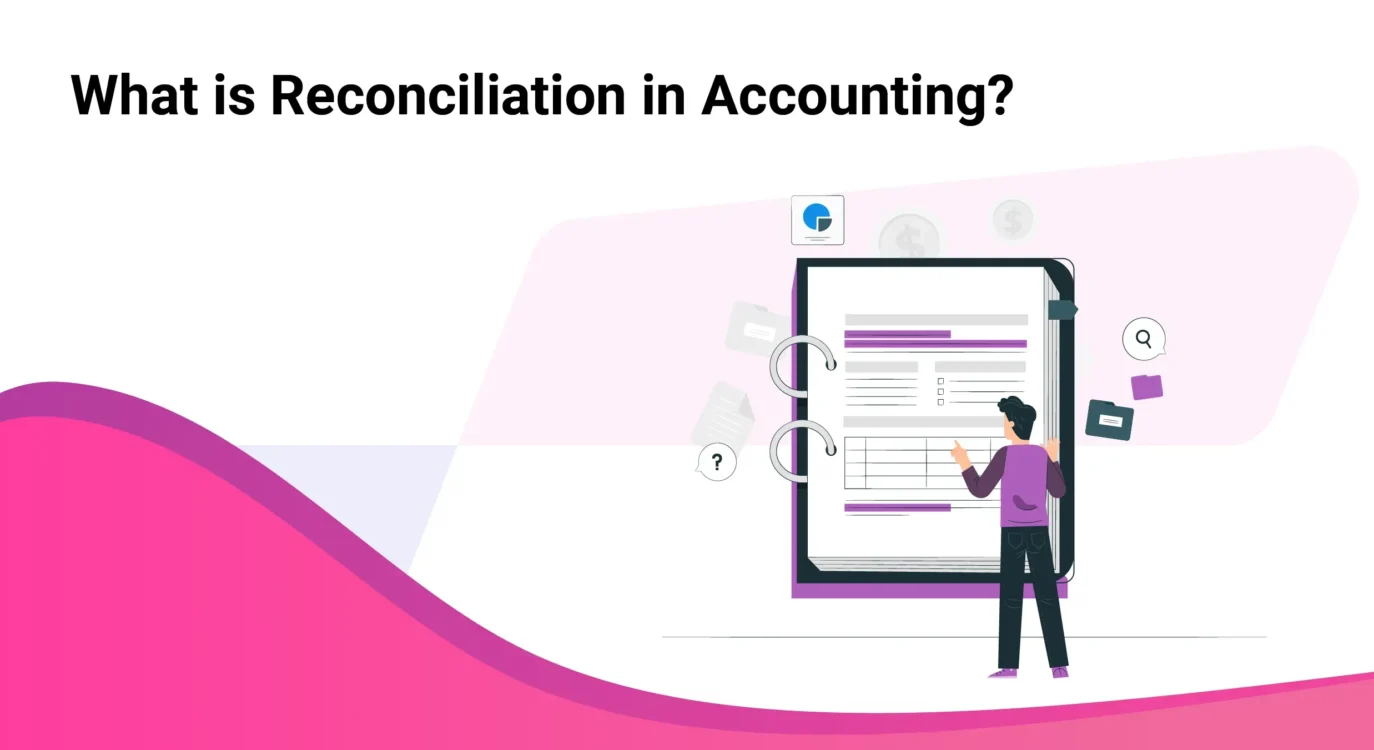
If you’re running a business in the USA, you’ve probably heard the term accounting reconciliation tossed around during financial meetings or by your CPA. Sounds fancy, right?
But truth be told, it’s one of the most foundational, yet underrated parts of your financial management.
Imagine driving a car with a busted fuel gauge. You never really know how far you can go. That’s exactly what running a business without proper reconciliation feels like—you’re guessing your way through numbers. That’s risky, and it’s where accounting reconciliation steps in to save the day.
Let’s break it down the right way—no confusing jargon, no accountant-only language. Just real, relatable info every U.S. business owner needs to know.
What Is Accounting Reconciliation?
Accounting reconciliation is the process of comparing financial records from different sources to ensure everything matches. According to Investopedia, reconciliation ensures consistency and accuracy across all your accounting records.
Why Does It Matter So Much?
Think of reconciliation as your business’s internal lie detector. It keeps your financial records honest, accurate, and IRS-ready. Without it, small mistakes can snowball into big financial messes.
The Main Goal of Reconciliation
Let’s not overcomplicate it. The goal is simple:
-
Ensure your actual bank balance matches your book balance
-
Catch errors, duplicates, or fraud
-
Make sure your financial decisions are based on facts, not fiction
Types of Accounting Reconciliation You Should Know
For example, during bank reconciliation, you’re matching the transactions in your books with those listed in your bank statement. The U.S. Small Business Administration (SBA) explains how this helps detect errors and fraud.
1. Bank Reconciliation
This is the most common one. You compare your business’s books to your monthly bank statement. Found a charge you didn’t authorize? Bank recon is how you catch it.
2. Credit Card Reconciliation
Used to track all expenses made through your business credit cards. Helps detect fraud or unauthorized charges instantly.
3. Vendor or Supplier Account Reconciliation
Ever been overbilled by a supplier? Reconciliation checks your purchase orders and what was actually received and paid.
4. Payroll Reconciliation
Ensures what you paid in payroll matches your time logs, taxes withheld, and benefits owed.
5. Intercompany Reconciliation
If your business has multiple entities or branches, reconciling intercompany transactions ensures clean consolidation.
The Step-by-Step Reconciliation Process
Step 1: Collect Your Records
Grab your internal financial logs, bank statements, credit card statements, and receipts.
Step 2: Compare Line by Line
Check every entry. Does the amount in your books match the amount on the bank statement?
Step 3: Investigate Discrepancies
Found something off? Could be a double entry, a forgotten transaction, or an unauthorized charge.
Step 4: Make Adjustments
Once you know where the error is, update your records and make notes so future-you knows what happened.
Why Monthly Reconciliation Is a Must (Not a Maybe)
Waiting until year-end is a rookie mistake. Reconcile monthly to:
-
Catch errors early
-
Stay compliant
-
Avoid tax penalties
-
Have accurate reports for decision-making
Manual vs. Automated Reconciliation
Manual Reconciliation
Good ol’ Excel sheets, calculator, and coffee. Works for small businesses, but can get tedious and error-prone.
Automated Reconciliation Tools
Tools like QuickBooks, Xero, and NetSuite automatically match transactions, flag issues, and generate reports. Saves time and sanity.
Benefits of Regular Accounting Reconciliation
-
✅ Protects against fraud
-
✅ Keeps your financial reports clean
-
✅ Helps you budget better
-
✅ Prepares you for audits
-
✅ Builds trust with investors and banks
Red Flags That You’re Not Reconciling Properly
-
Your books are “off” but you’re not sure why
-
You’re always surprised by your cash flow
-
You’re paying overdraft fees regularly
-
Vendors complain about underpayments
-
Your accountant looks worried every tax season
Top Tools for Reconciliation in the USA
-
QuickBooks Online – For small to mid-sized businesses
-
Xero – Simple interface, great automation
-
FreshBooks – Perfect for freelancers and contractors
-
BlackLine – Enterprise-grade automation
-
Oracle NetSuite – Scalable and powerful for large teams
Internal Controls That Support Reconciliation
Reconciliation works best with strong internal controls:
-
Segregation of duties: The person making payments shouldn’t reconcile accounts
-
Approval workflows for expenses
-
Digital audit trails for every transaction
Common Reconciliation Challenges
Timing Differences
Your bank might process a payment later than you recorded it. It’s normal—just note it down.
Duplicate Transactions
Entering the same invoice twice? Happens more often than you think.
Human Error
Typos, wrong dates, missing entries—they can all throw your books out of balance.
Mistakes to Avoid
-
Ignoring small discrepancies (“It’s just $3, who cares?”—bad mindset)
-
Not reconciling regularly
-
Failing to save documentation
-
Using multiple, unlinked systems
-
Relying too heavily on memory
How Reconciliation Prepares You for Audits
When the IRS (or your investors) come knocking, you’ll need:
-
Clear books
-
Transaction history
-
Proof of compliance
Reconciliation makes this a breeze instead of a breakdown.
Outsourcing Reconciliation: Smart or Risky?
Outsourcing to professionals can be a game-changer, especially if:
-
You’re not a numbers person
-
You want to focus on growth
-
You need help with compliance
Just make sure to pick a trusted, U.S.-based service with cloud access and strong security.
The Real Value of Reconciliation in 2025
As digital payments grow and businesses scale faster, real-time financial clarity is gold. Accounting reconciliation isn’t just about fixing mistakes—it’s about running smarter, faster, and safer.
If you’re not reconciling regularly, you’re basically flying blind. And no pilot wants to find out they’re low on fuel at 30,000 feet.
